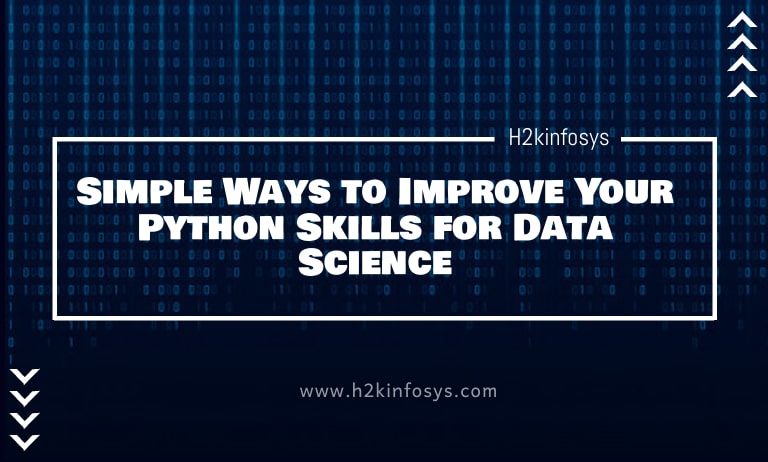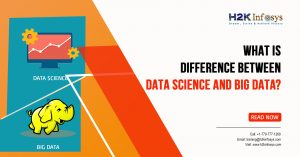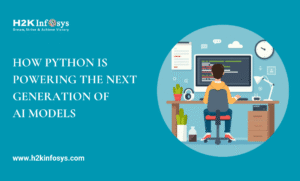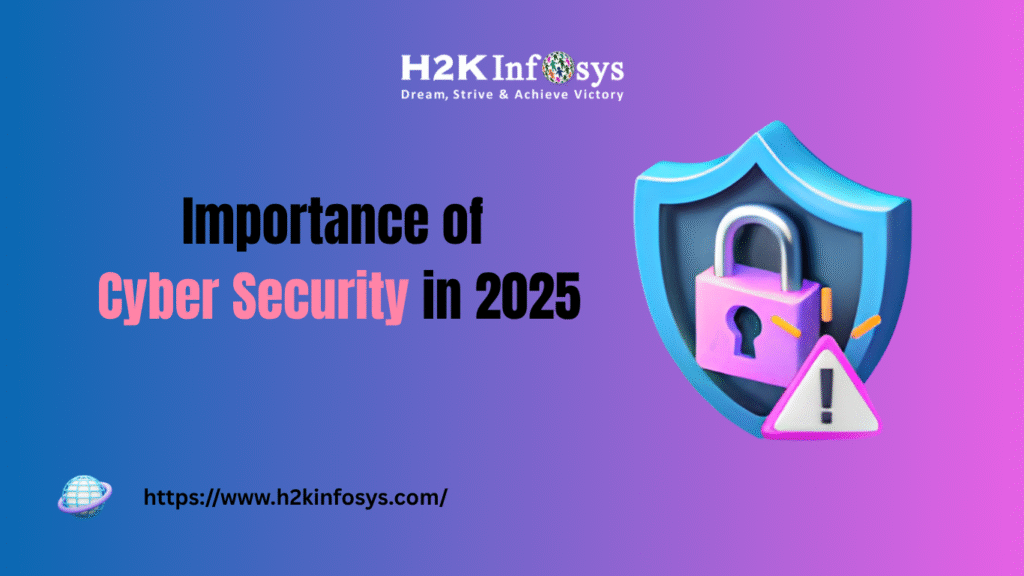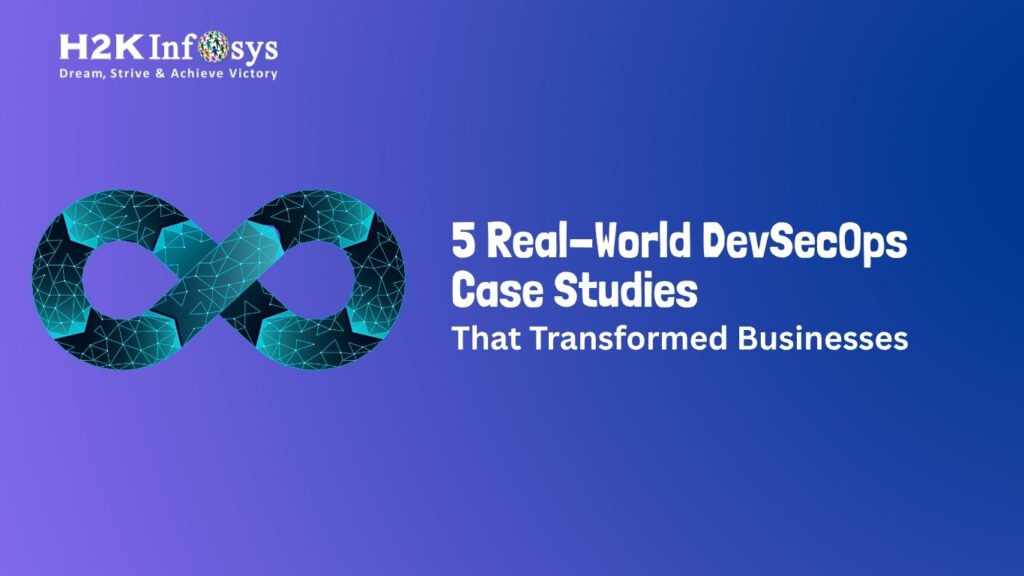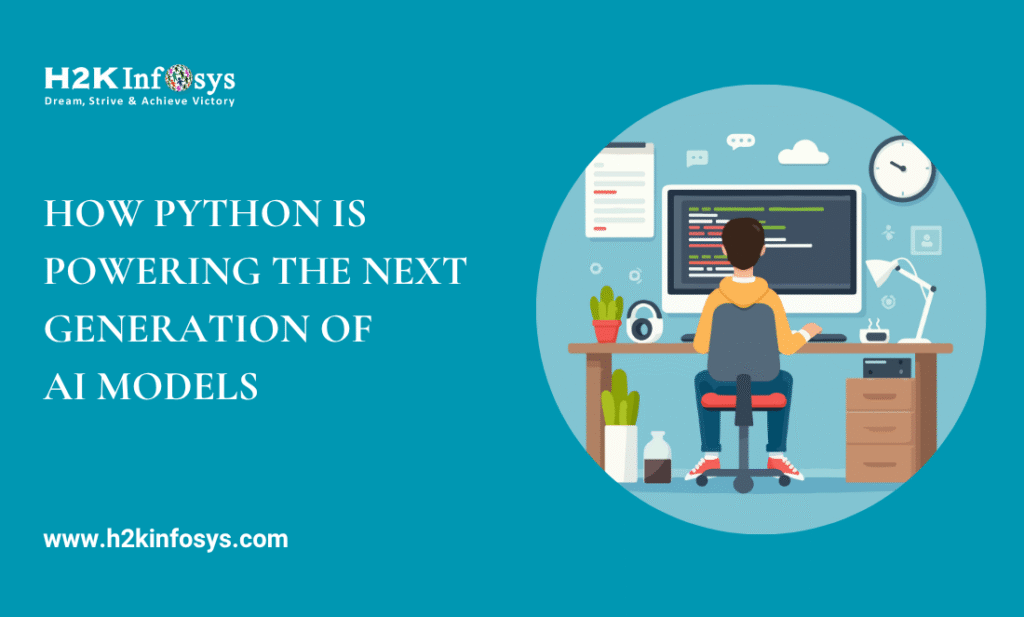The usage of Python is comprehensive, and it is being used by professionals in Data Science also. A complete understanding of Python is a more valuable skill for a data scientist in the career path. Even though you can do your data analysis using any other programming languages, Python is widely used since it is more comfortable to use and provides numerous benefits.
Experts in the data science industry expect the continuation of Python and its ecosystem dominance in data science for many years. If you are a beginner in Python and want to pursue your career as a data scientist, the below simple tips will help you master your skills.
1. Be strong with fundamentals
These days the option to learn any subject is numerous. It is the best boon for our generation, but sometimes it also causes some fundamental problems. Many people start learning from somewhere rather than starting from the ABC of Python. The introduction to data science and Python are the two crucial things you must begin to. To know the basics of these two, you can join python data science courses. Along with this joining the community is the best way to learn more about Python and its features and related details. The community helps you to get more information about your interest areas with the association of like-minded people. It also allows you to get better employment opportunities. This is possible because the community’s active members are from all countries around the world, and the industry experts usually post the upcoming openings in their organizations.
2. Practice small python projects
Learning with practical experience is the key to success. Once you get confidence with Python and data science basics, advance to the next step by practicing the mini python projects. The theory looks like you know everything and solving the complex problems with Python is easy. But your actual level of mastery will be tested once you start working. Hence, trying to solve the real-life small projects will help you to move to the next levels. You can try programming mini things such as calculators for online games or programs to fetch weather reports from Google. Practicing these mini-projects is fun, plus you will get more knowledge and real-life scenarios in Python programs.
3. Explore Python Data Science libraries
To execute the complex programs, the availability of libraries helps immensely. In Python’s case, you can get vast library support to do almost everything without the need for coding a single line. For data science, the three top libraries available in Python are Matplotlib, Pandas, and NumPy. For playing and exploring with Big Data, Pandas and NumPy are the great options in Python. Matplotlib is needed for data visualization, which helps create graphs similar to google sheets and excel charts. If you need further support in exploring the library, you can post your question in the community and get the experts’ answers. In data science training, community support plays a huge role.
4. Build your data science portfolio
If you want to become a professional in data science, a portfolio is a must for you. Your portfolio must include work with numerous datasets, and it should leave a good impression on the readers. The inclusion of a data cleansing project that consists of unstructured cleaning helps to impress potential employers. Along with this, data visualization in both design and programming will add weight to your portfolio. Machine Learning is gaining more priorities these days, and almost every organization is implementing the same. If you work enroll for the best data science courses, you will get a complete picture of all these areas.
5. Apply advanced techniques of data science
The last step in mastering your learning is by applying the advanced methods of data science with Python. Once you are thorough with the basic concepts and work on mini-projects, you can move towards advanced learning. At this juncture, you need to start creating models and using the live data feeds. Currently, the demand is increasing, and the opportunities are plenty.
These are just simple steps to make your learning strong if you are a beginner in both Python and data science.
